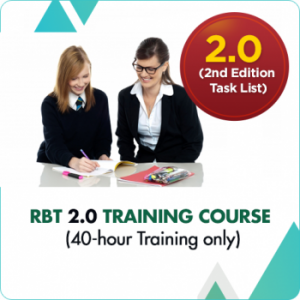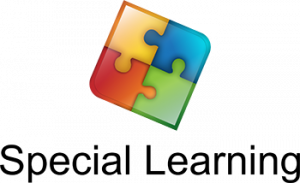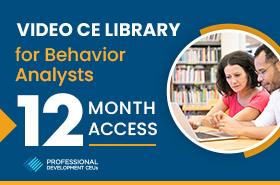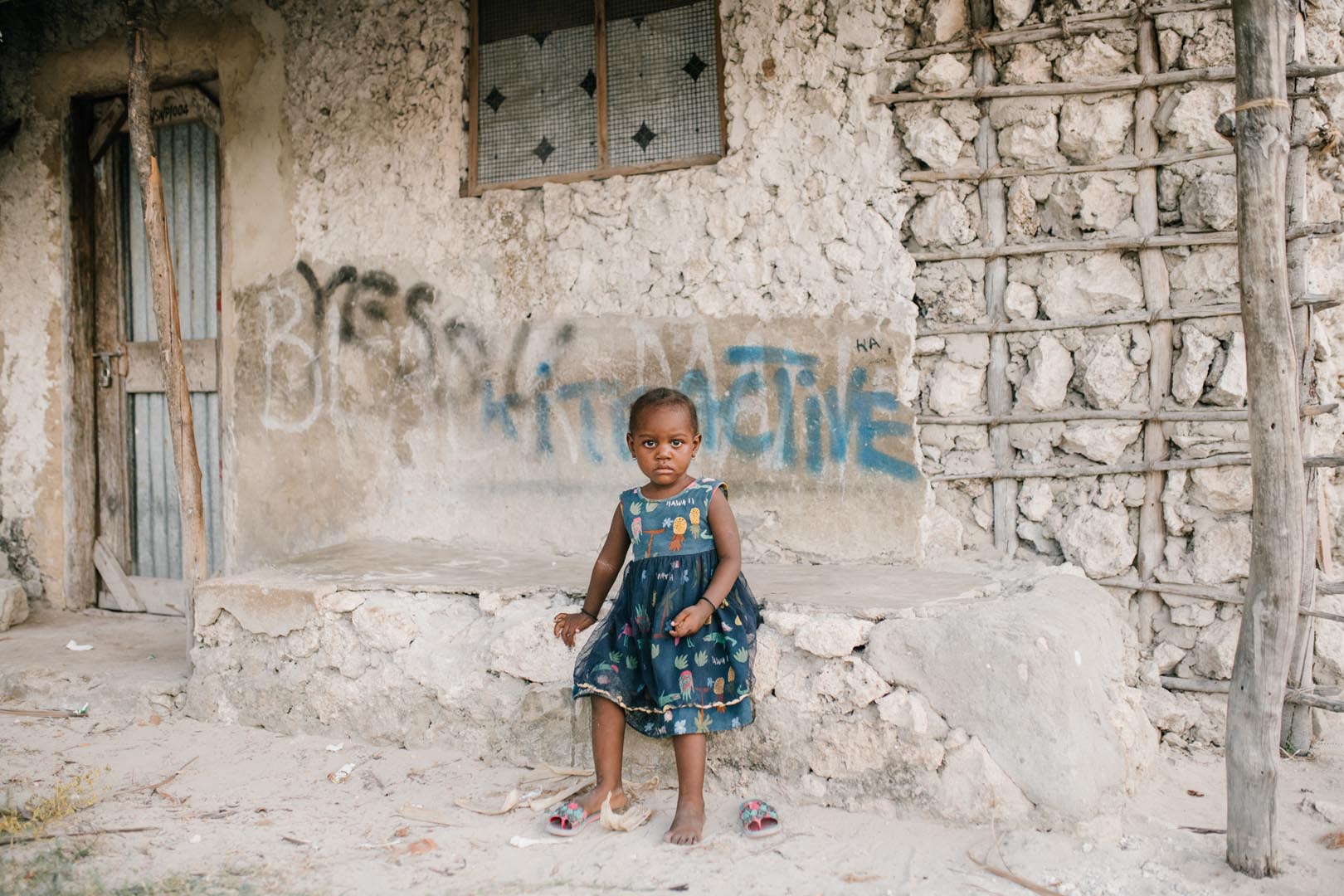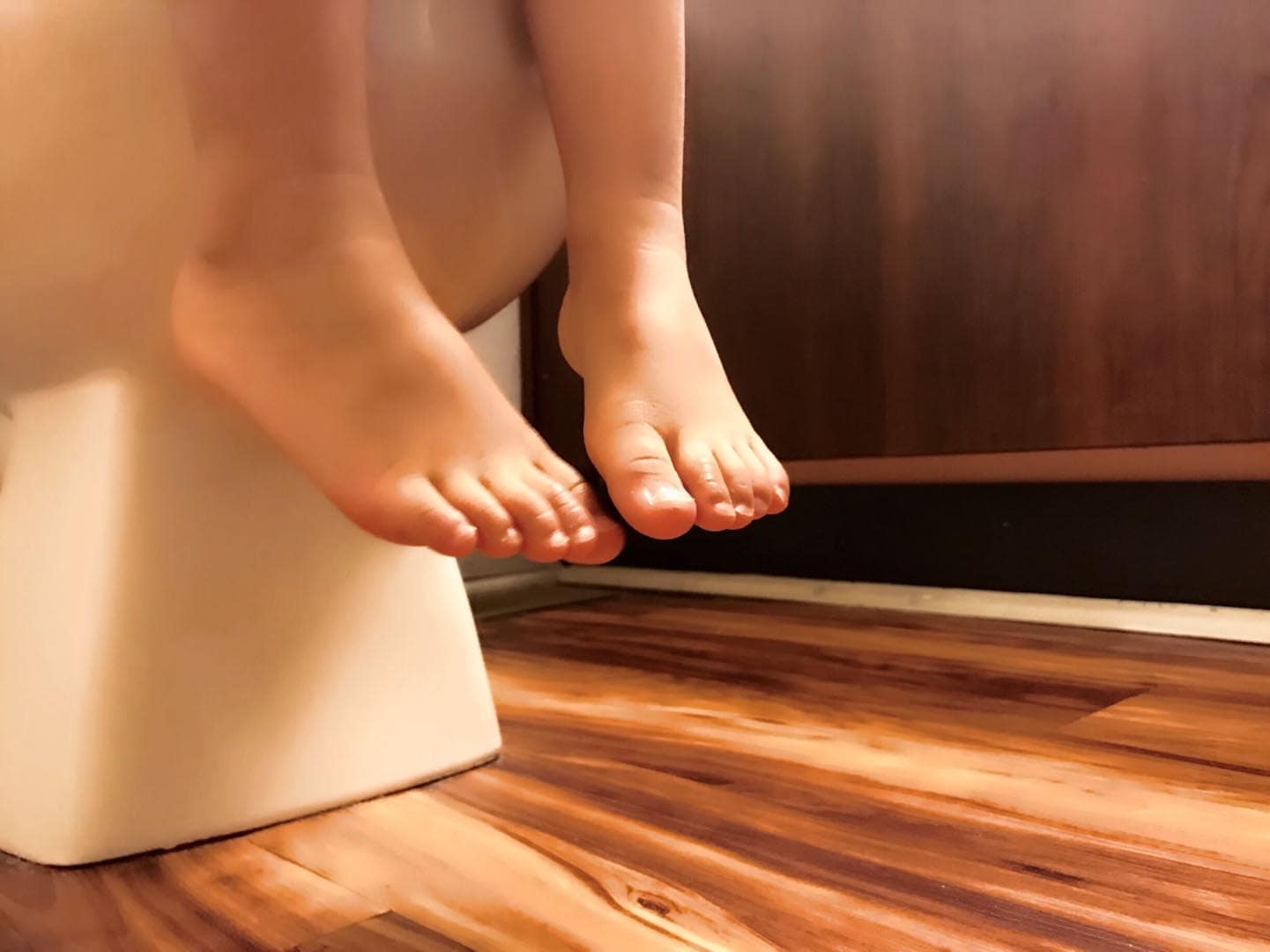Direct And Indirect Cost Of Having A Child With Autism
Having a child that is diagnosed with autism would also mean that there are costs to be faced, both direct and indirect. As much as it is an unwelcome addition to your stress, it is better to have an idea of how much it will take to be able to give your child the proper support. It will give you a chance to prepare and even look at areas wherein you may save. Just like substituting a few hours of ABA therapy with a professional and do it yourself at home, with the help of the proper tools, such as what Special Learning offer. Remember, each diagnosed child’s needs are different, your child may or may not need all of the therapies or interventions listed below.
Direct costs include:
Physician and other medical professional services
- Equipment
- At-home supplies
- Hospital rates
- Emergency services
- Drugs and pharmaceuticals
- Medically related travel cost.
Indirect costs include
- Education
- Child care
- Respite care
- Placement services
- Additional therapies for related, comorbid conditions
- Cost to parents’ income and time.
Here are some of the most common and important expected direct costs that you have to be ready for:
- Applied Behavioral Analysis (ABA) Interventions: $46,000 – 47,500 per year, at a rate of $120 per hour of Board Certified Behavior Analyst (BCBA) consulting services. Including average supplementary materials costs.
- Clinical or At-home ABA Exercises: $15,000 per year, at $30 per hour for BCBA line therapy program.
- Speech Therapy / Occupational Therapy / Physical Therapy (ST/OT/PT): $12,000 per year, at a rate of $75 per half hour session.
The first few years from the time of proper diagnosis, the expenses will be quite high. Here is an approximation of the cost, by age of a child:
- $35,000 per year from birth to about 5 or 6 years of age, when your child will possibly be entering public school. A large part of direct non-medical costs in this age group are behavioral therapies like ABA interventions.
- $6,000 per year from 5 to 8 years of age; most families tend to see a dramatic decrease in cost for Autism treatment at this age. Typically this decline is due to decreased Behavioral Therapies, and also the decrease in prescription drug, complementary therapies, and alternative therapy costs, as well as special needs physician and dental costs.
- Direct costs usually decline to around $1,000 per year for the rest of the child’s life. Some particular direct medical and treatment costs decline less steadily than others, and each individual’s needs are always distinct and different.
The above figures are just average approximations as there is no set treatment protocol for each individual child’s needs. But for the ballpark figure, it ranges from $19,000 to $47,500 per year for the first 21 years of a diagnosed child’s life. The amount may vary depending on the condition of a child, his response to the initial years of interventions, and even to which areas parents can make a good substitute. As early as the first diagnosis of a child, looking into the Special Learning resources to give all the important and practical information that are needed to give a diagnosed child the best support he can get.
Copyright © by Special Learning Inc. All right reserved.
No part of this article may be reproduced in any manner whatsoever without written permission except in the case of brief quotations embodied in critical articles and reviews. For information, contact Special Learning Inc., at: contact@special-learning.com

